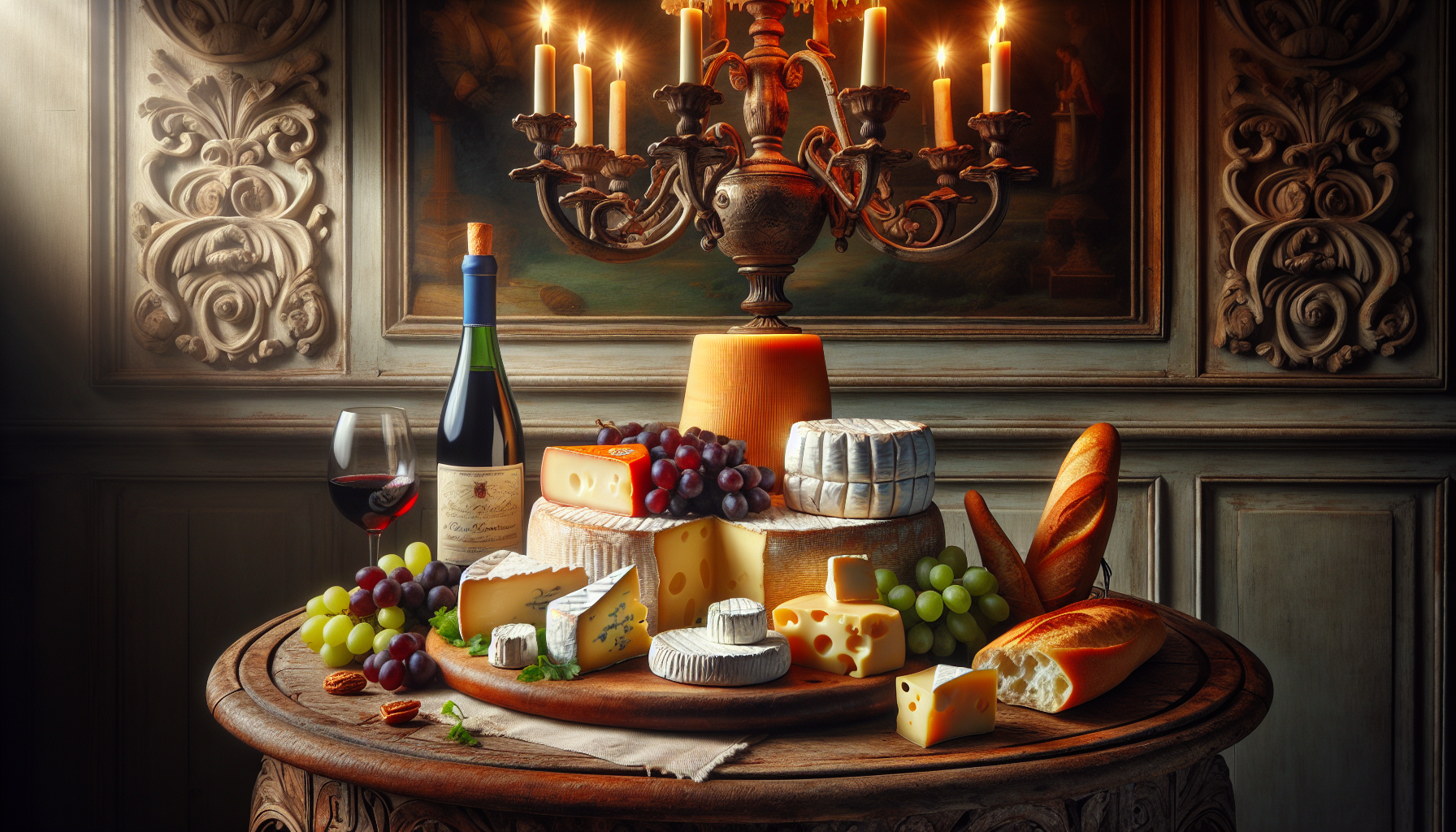Exploring the French Cheese Plate: A Journey in Flavor and Tradition
Ah, cheese. It’s more than just a staple in American households; it’s a beloved ingredient that we often find melted over pasta, layered atop a freshly baked pizza, or sprinkled generously inside a hearty burrito. But let me take you on a culinary jaunt across the Atlantic, where cheese steps into the limelight on its own. In France, cheese isn't merely an accoutrement; it's a standalone experience.
A Cultural Affair with Cheese
Imagine sitting at a quaint bistro table, savoring a variety of cheeses unadorned by crackers or bread. French cheese enthusiasts relish their delicacies in their purest form—a practice that might seem foreign to us statesiders. John Montez, a respected cheese professional from Murray’s Cheese in New York, brings up an interesting point: in the US, cheese is often viewed as an ingredient rather than the main event. But that doesn’t mean we can't embrace the French approach and enjoy cheese in its naked glory. Besides, chatting with a knowledgeable cheesemonger and tasting a few samples can unlock a new world of flavors.
Crafting a French Cheese Plate
Creating a traditional French cheese plate is an art, and like any masterpiece, it has its guidelines. Montez advises starting with three to five cheeses. Odd numbers not only balance the board aesthetically but also leave room for variety. Aim for a mix of textures and flavors, such as a hard cheese like Comté, a soft Brie, and a bold blue like Roquefort. This trio provides a delightful dance of flavors and textures.
Montez also stresses the importance of seasonality. A fresh goat cheese is ideal for spring, bringing a light and tangy profile to the table. In winter, a Camembert or a savory Brie adds to the cozy warmth of the season. And remember, cheese likes a little room to breathe—let it rest at room temperature to truly unleash its flavors.
The Stars of French Cheese
Venturing into French cheeses opens a treasure trove of varieties. Among hard cheeses, Comté shines as a staple with its nutty undertones and delightful maturation stages. If rustic charm calls to you, the tanginess of Tommes de Savoie offers an earthy taste, evident in its craggy rind.
For those fond of blues, the compelling Roquefort is a go-to, known as the ‘king of cheeses.’ More subtle yet rich, Bleu D’Auvergne brings versatility, making it a great candidate for salads and sauces. And for soft cheese aficionados, the creamy, buttery Brillat Savarin or a funky Epoisses is a must-try.
The French Cheese Experience in France
While the US offers a remarkable selection, a trip to France unveils cheese experiences you simply can't replicate stateside. Due to regulations on raw milk cheeses, varieties like Camembert de Normandie showcase their full potential only in their homeland. If you're in France, take the chance to indulge in these authentic flavors.
Pairing Your Plate
Wine is a trusted ally for cheese, especially when sourced from the same region as the cheese. Sancerre beautifully complements a Loire Valley goat cheese, while a red Burgundy can elevate the robust flavors of Epoisses. But wine isn’t the only player—spirits and even beers can surprise your palate by unlocking unexpected notes in your cheese selection.
Enhancing with Accoutrements
While "less is more" rings true with French cheese plates, adding simple accompaniments like a fresh baguette or a dollop of honey can heighten your tasting experience. And if you're in the mood for a savory touch, preserved cherries, Jambon de Bayonne, or a slice of saucisson sec might just hit the spot.
In embracing the art of the French cheese plate, you’re inviting a part of French culinary tradition to your table. So why not give it a go? Enjoy the simplicity, the decadence, and perhaps discover a new favorite along the way.
References:
- Serious Eats / Amanda Suarez: https://www.seriouseats.com
- Montez, John, Murray’s Cheese, NYC
Enjoy your journey through the world of French cheese!
